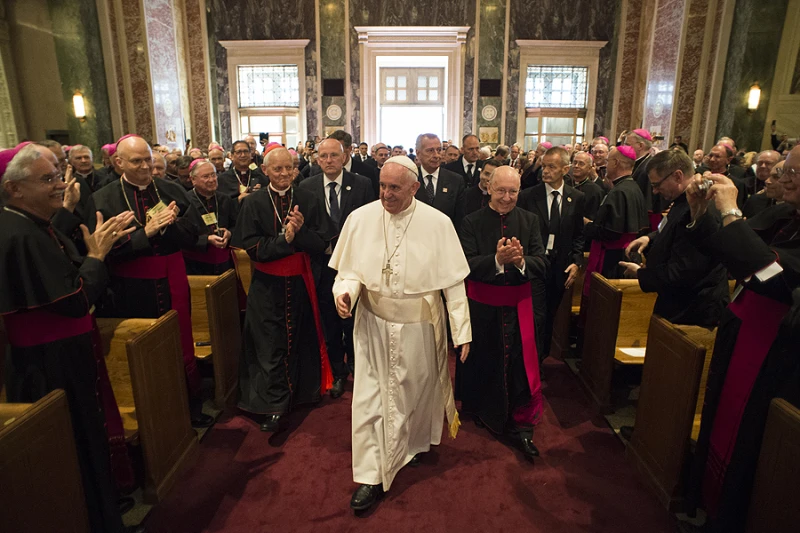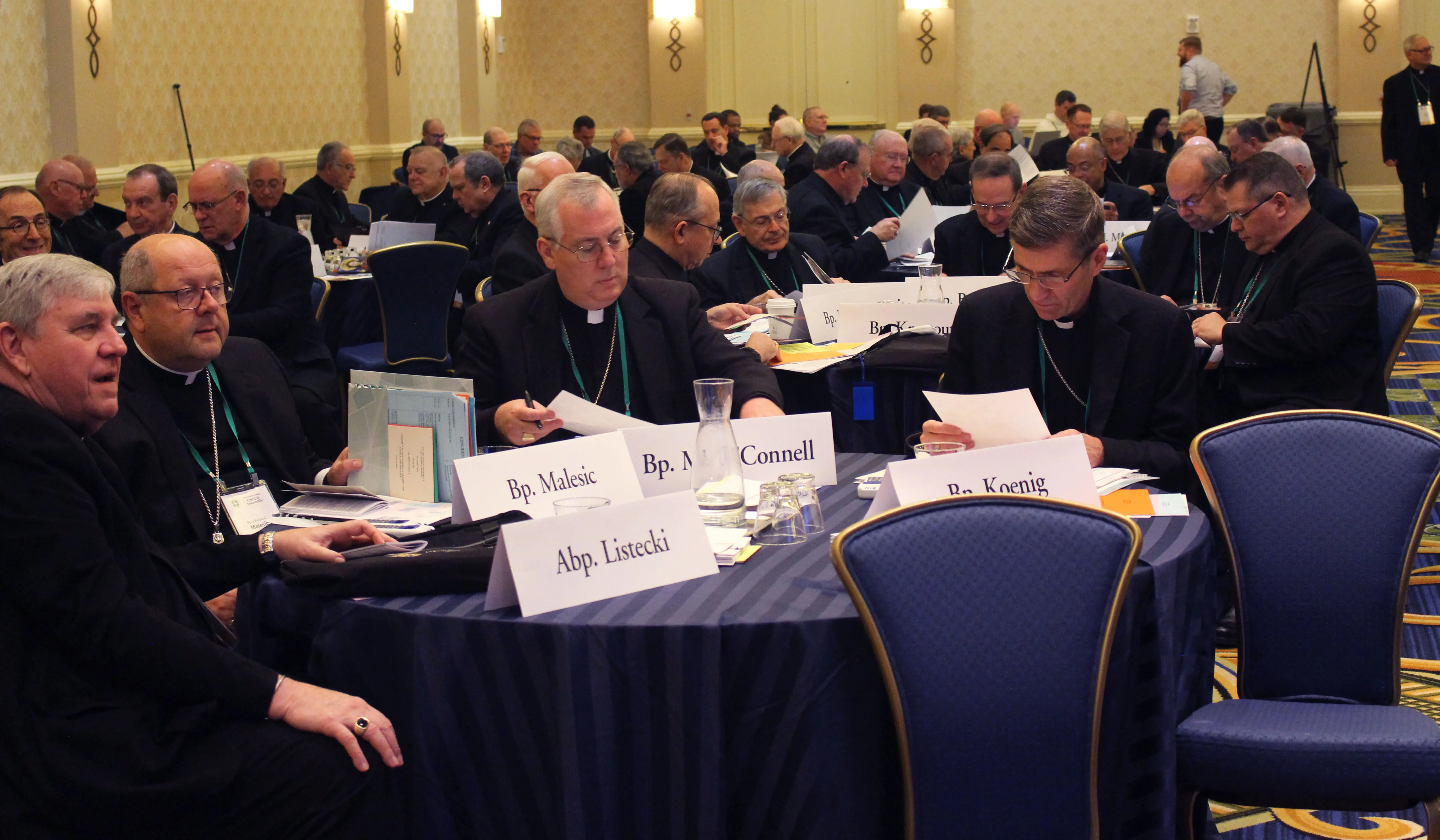
Fatima, Portugal, Oct 13, 2021 / 09:15 am (CNA).
October 13, 1917 marked the last Marian apparition in Fatima, and the day in which thousands of people bore witness of the miracle of the dancing sun; a miracle that not only proved the validity of the Fatima Marian apparitions, but also shattered the prevalent belief at the time that God was no longer relevant.
Dr. Marco Daniel Duarte, a theologian and director of the Fatima Shrine museums told CNA these 10 things we need to know about the impact of the miracle during those days in Portugal.
1) If one were to open philosophy books during that period, they would likely read something akin to the concept conceived by German philosopher Friedrich Nietzsche, who boldly asserted in the late 1800s that “God is dead.”
2) Also, in 1917, Portugal, like the majority of the world, was embroiled in war. As World War I raged throughout Europe, Portugal found itself unable to maintain its initial neutrality and joined forces with the Allies. More that 220,000 Portuguese civilians died during the war; thousands due to food shortages, thousands more from the Spanish flu.
3) Few years before, in 1910, a revolution had led to the establishment of the First Portuguese Republic in 1910 and a new liberal constitution was drafted under the influence of Freemasonry, which sought to suppress the faith from public life.
4) Catholic churches and schools were seized by the government, and the wearing of clerics in public, the ringing of church bells, and the celebration of public religious festivals were banned. Between 1911-1916, nearly 2,000 priests, monks and nuns were killed by anti-Christian groups.
5) This was the backdrop against which Mary, in 1917, appeared to three shepherd children – Lucia dos Santos, 10, and her cousins Francisco and Jacinta Marto, 9 and 7 – in a field in Fatima, Portugal, bringing with her requests for the recitation of the rosary, for sacrifices on behalf of sinners, and a secret regarding the fate of the world.
6) To prove that the apparitions were true, Mary promised the children that during the last of her six appearances she would provide a “sign” so people would believe in the apparitions and in her message. What happened on that day – Oct. 13, 1917 – has come to be known as the “Miracle of the Sun,” or “the day the sun danced.”
7) According to various accounts, a crowd of some 70,000 people – believers and skeptics alike – gathered to see the miracle that Mary had promised: The rainy sky cleared up, the clouds dispersed and the ground, which had been wet and muddy from the rain, was dried. A transparent veil came over the sun, making it easy to look at, and multi-colored lights were strewn across the landscape. The sun then began to spin, twirling in the sky, and at one point appeared to veer toward earth before jumping back to its place in the sky.
8) The stunning miracle was a direct, and very convincing contradiction to the atheistic regimes at the time, which is evidenced by the fact that the first newspaper to report on the miracle on a full front page was an anti-Catholic, Masonic newspaper in Lisbon called O Seculo.
9) The Miracle of the Sun, was understood by the people to be “the seal, the guarantee that in fact those three children were telling the truth.”
10) Even today, “Fatima makes people change their perception of God,” since “one of the most important messages of the apparitions is that even if man has separated God from his existence, God is present in human history and doesn’t abandon humanity.”
This article was originally published on CNA on Oct. 12, 2017.
If you value the news and views Catholic World Report provides, please consider donating to support our efforts. Your contribution will help us continue to make CWR available to all readers worldwide for free, without a subscription. Thank you for your generosity!
Click here for more information on donating to CWR. Click here to sign up for our newsletter.








7B) Present day skeptics claim that the miracle was the result of people looking at the sun and experiencing retinal damage. However, people at their homes dozens of miles away where it was still overcast (and where they could not directly see the sun and so damage their eyes) saw in the distance a cloud break over Fatima and colored shafts of light coming down. “A pretty show” was how they described it. This fact shows the skeptical counterargument is wrong.